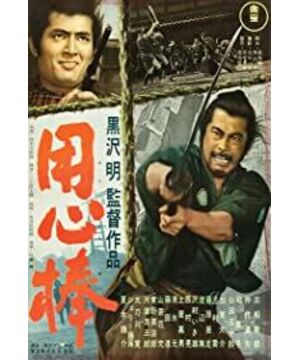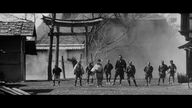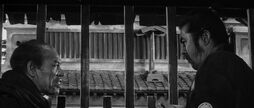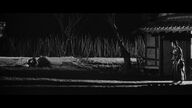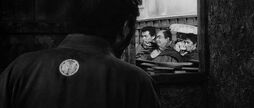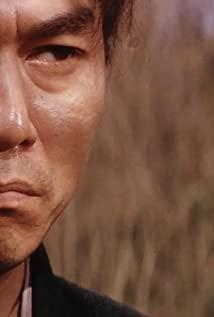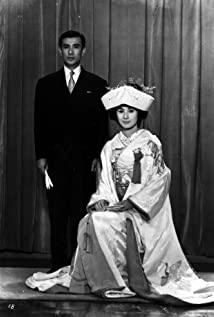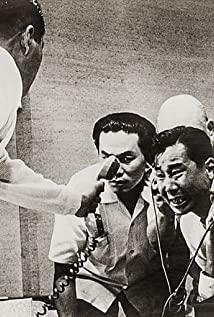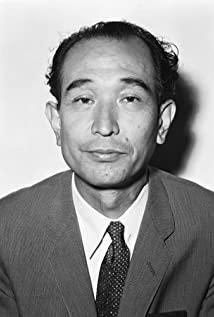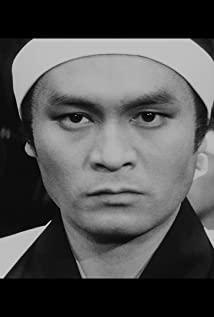This is the second movie after watching Akira Kurosawa's Seven Samurai. Before, I didn't understand the meaning of the heart stick. After watching it, I realized that this is the Chinese homophonic of Japanese, and it does not mean much. It means bodyguard and thug .
The occurrence of the story is a typical three-stage style, and finally ends with Toshiro Mifune's chic and neat solution to the resistance of the villains. It’s no exaggeration to call it the originator of Westerns, one of the future genre films: the narrative content of the story is roughly the same, and the lone hero at the center of the film is always the focus of the narrative. After completing what seems to be a predetermined mission of eradicating evil and slaying evil, it disappeared into the dust. (Correspondingly, there will be many villains and assistants of the protagonist with different personalities in the film. The shaping of such characters can often show the protagonist's strength and arrogance.) However, such a brave warrior like Akira Kurosawa will be the same as in the future. The protagonists in Italy and the United States leading the coquettish westerns are different: the samurai of the former were a declining and dying class at that time, and the samurai created by Akira Kurosawa, represented by Toshiro Mifune, were to some extent perfect (the most important being Tsundere), a combination of wisdom and a very positive view, to a certain extent, this is Kurosawa's recollection and dream-like depiction of a descendant of a samurai. In the heart stick, Mifune used a neat skill to defeat the musket-wielding Nakata Daiya. In fact, this is a narcissistic description and imagination of the samurai class (and in the Seven Samurai, the samurai died because of the musket); later Although the cowboy in the story of the author is not perfect, drinking and visiting prostitutes, the Buddha is a symbol of the prosperity of American culture, and the image of the cowboy is a kind of pioneer and pioneer. But this influence can be said to have given the Western film industry a new narrative content.
In the heart stick, the most exciting are several fight scenes. This kind of confrontation is very short, and it is better than the director's rendering of the atmosphere: especially the last paragraph, with the tension-filled soundtrack and dusty scenes, the camera is constantly in Mifune He fought back against a group of villains, and then announced the beginning of the fight through musical variations and sudden changes in Mifune's posture. This feeling is what I admire most about this film. In Kurosawa's Tsubaki Juro, the mise-en-scene is more sophisticated, but I prefer the heart-pounding fight scenes.
At the end of the American classic Western movie Wilderness, the injured man wants to leave, leaving behind "no more gunfire in the valley" so handsome, full of countless speculations in the postmodern context: because he is the last a gun. In the stick of heart, Mifune's walking away also seemed so natural.
View more about Yojimbo reviews


